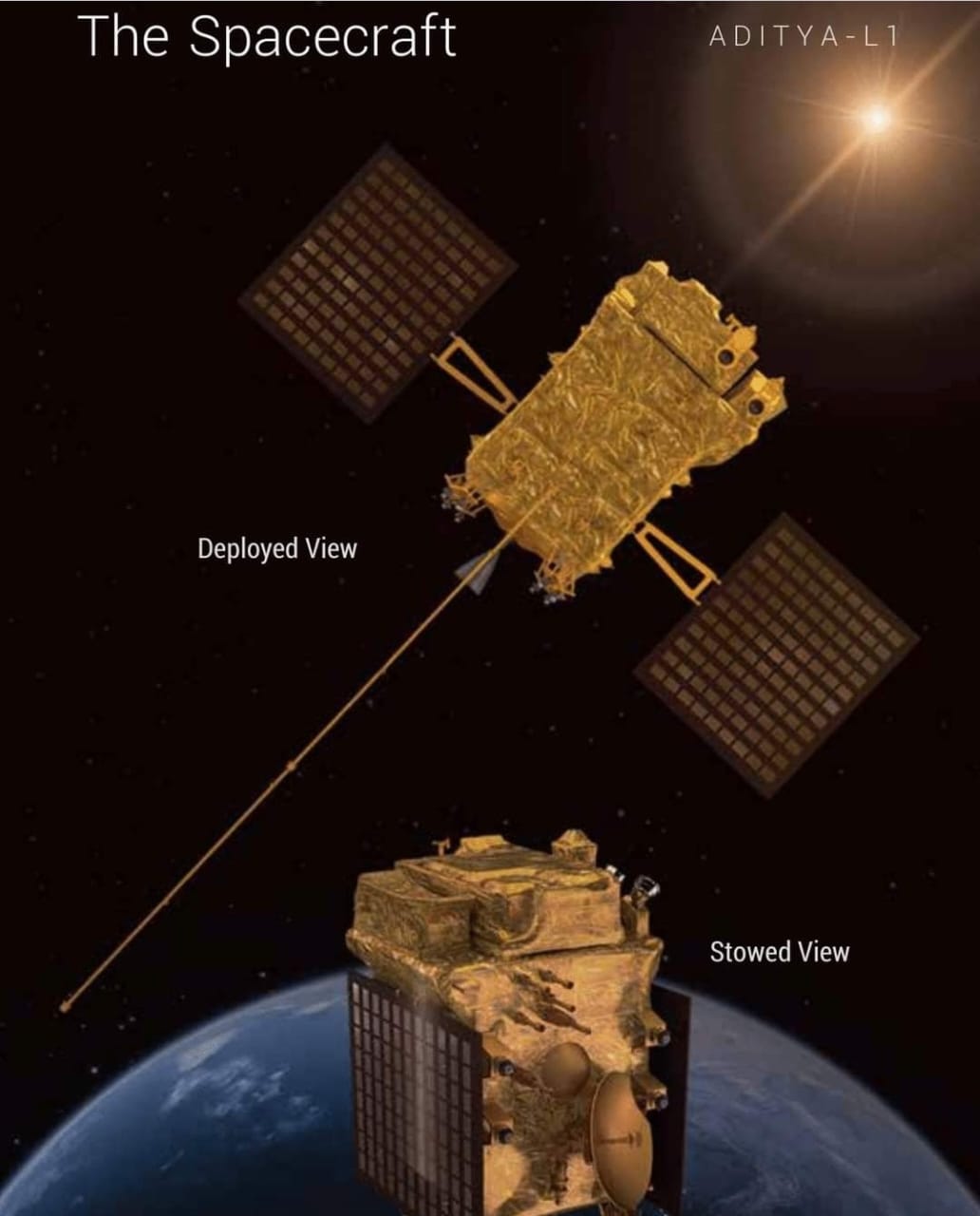
Indian Space Research Organisation (ISRO) has announced that India’s inaugural space-based solar observatory, named Aditya L1, is scheduled for launch on September 2nd from the Sriharikota space station in Andhra Pradesh.


Aditya L1 will be positioned in a unique halo orbit around the Lagrange point L1 of the Sun-Earth system, situated approximately 1.5 million kilometers away from Earth. The journey to reach the Lagrange point is estimated to take around four months. One of the key advantages of the halo orbit is that it enables the satellite to continuously observe solar activities without any interference from celestial events like eclipses.
ISRO’s Aditya L1 Launch
The primary mission objective is to study solar winds and the Sun’s atmosphere. (ISRO’s Aditya L1 Launch)The satellite will be equipped with seven advanced payloads designed to observe various layers of the Sun, including the photosphere, chromosphere, and the corona—the outermost layers. This comprehensive study will provide insights into critical phenomena such as coronal heating, Coronal Mass Ejections (CMEs), pre-flare and flare activities, as well as the dynamics of weather in space. Furthermore, it will enhance our understanding of the propagation of particles and fields within the interplanetary medium.
ISRO has extended an invitation to the public to witness the launch of Aditya L1 from the viewing gallery at Sriharikota. Interested individuals can register for the event through the lvg.shar.gov.in/VSCREGISTRATION website. The launch of Aditya L1 marks a significant milestone for India’s space exploration endeavors, paving the way for advanced research into solar phenomena and enhancing our comprehension of space weather dynamics.

